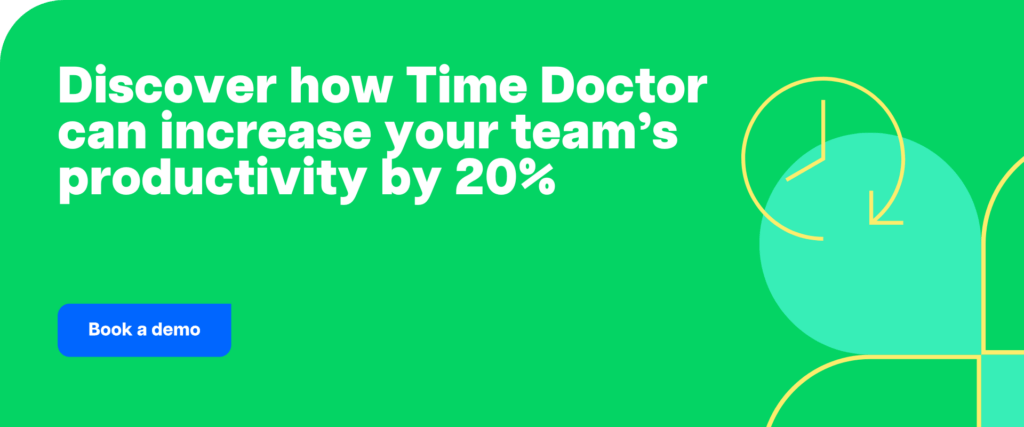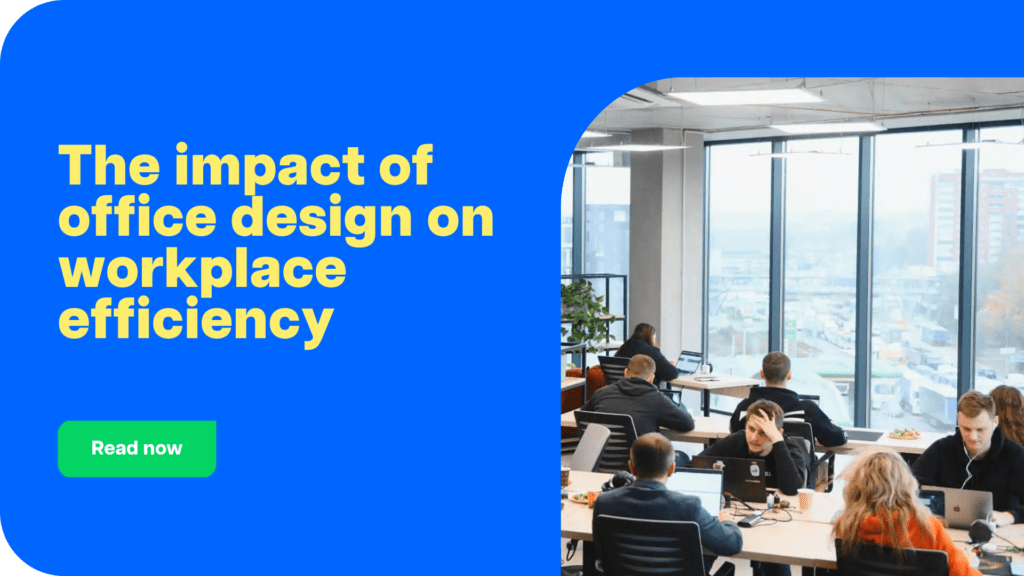The people who work for a business are what make it great. A creative and active workforce not only gets more done, but it also brings about new ideas and makes the workplace better. When it comes to employee input, the way a company is set up is one of the most important factors. There is a big link between how a company treats its workers and how committed they are to the company’s goals and how happy they are with their jobs. The article examines the complicated connection between organizational design and employee engagement. It discusses key factors, the emotional impacts, and possible solutions.
Understanding organizational design
An organization’s design is the plan it uses to decide how to use its resources to reach its objectives. It includes things like communication methods, decision-making processes, the organization’s structure, and the real layout of the workspace.
Traditional hierarchical systems may make it harder for workers to be creative and take initiative, while flat or matrix arrangements can help them work together and come up with new ideas. In every plan, the morale and motivation of workers are changed.

Factors that affect employee engagement
One of the main things that determines how engaged employees are is how well they are led. Leaders value honesty, openness, and sensitivity a great deal. These traits build trust and give workers power, which makes them more engaged.
- Culture at work: If you value diversity, respect, and praise, people will be more likely to be active and happy at work. People can feel like they belong and have a reason to be at work if the company atmosphere is strong.
- Routes of communication: A happy and helpful staff is created by a communication system that is open and simple, allowing everyone to share their thoughts, suggestions, and data. That is more likely to happen if the person cares about the company and their job.
- Prospects for growth: When employees can learn new skills, move up in their jobs, and do work that matters, they are more engaged and happy. Employers who help their employees grow show that they care about their health and want them to move up in their careers.
Emotional impact of organizational design
The way an organization is set up has a big effect on employees’ emotional well-being, affecting their feelings of safety, autonomy, belonging, and overall health.
- Psychological safety: Employees do their best work when they can say what they want, share their ideas, and take calculated chances without worrying about being criticized or upset. Organizational frameworks that put psychological safety first make it easier for people to get involved, be creative, and come up with new ideas.
- Sense of belonging: Workers who really feel like they belong at work are closer to the business. It’s more possible that they care deeply about their job and want to make a big difference.
- Autonomy and empowerment: Empowering employees with autonomy and decision-making authority fosters a sense of ownership and responsibility, leading to higher levels of engagement and job satisfaction. Organizations that trust their employees to make meaningful contributions often see increased morale and productivity.
- Impact of physical workspace: The physical office has a big effect on how engaged and healthy employees are. A well-thought-out office that puts comfort, teamwork, and flexibility first can have a big impact on morale and productivity. On the other hand, a small or dull space might have the opposite effect.

Strategies for enhancing employee engagement through organizational design
- Flexible work arrangements: Employers can help their workers find a better work-life balance and feel more trusted and in control by letting them choose to work from home or set their own hours.
- Encourage open communication: Setting up clear ways for employees and management to talk to each other, like regular updates, town hall meetings, and feedback systems, encourages trust and cooperation.
- Create chances for growth: Show that you care about your employee well-being and professional growth by funding mentoring programs, ways to move up in their careers, and other employee development programs.
- Create a helpful environment at work: Encourage everyone to feel welcome, friendly, and supported at work so that workers feel like they are valued and can do their best.
- Remodel physical work areas: You can create an environment that encourages collaboration, inspiration, and health by carefully planning your workspace and adding things like natural light, comfortable chairs, and common areas.
Conclusion
For the most part, businesses that put employee engagement first through smart organizational design have loyal, motivated workers.
A good place to work where people can do their best work and help the company win in the long run can be made by companies that know how design choices affect people’s emotions and use engagement strategies.
Engaging employees is not only the right thing to do, but it’s also a smart business move that helps you keep employees, makes them more productive, and comes up with new ideas.

Andy is a technology & marketing leader who has delivered award-winning and world-first experiences.


